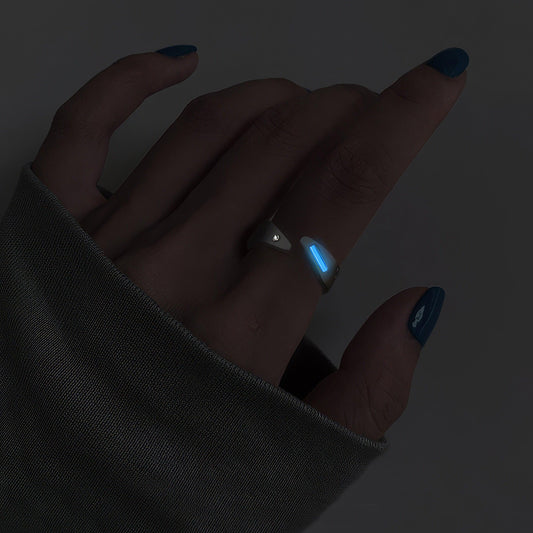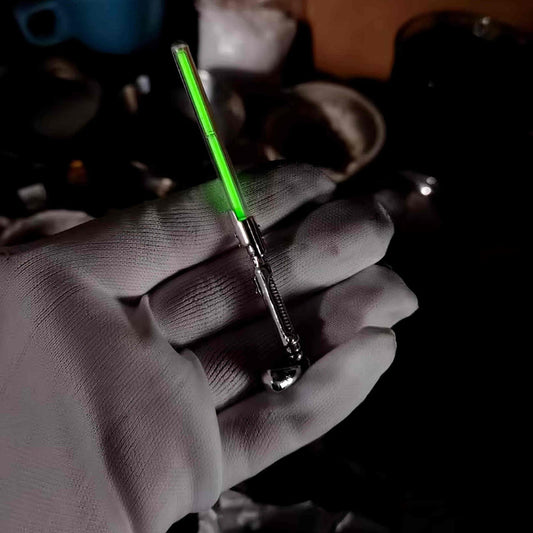The Meaning of Ruby More Than Just a Gem
The Meaning of Ruby More Than Just a Gem
Walking past a jewelry shop window, the glimmer of deep red catches your eye. It could be any jewel, but that captivating hue belongs to a ruby. That piece of crystallized history has adorned royal crowns and rings for centuries, but its allure goes far beyond its visual appeal. For me, rubies have always triggered an internal contemplation about their place not only in the world of gemstones but in human lives and culture.
Growing up, my grandmother had a small ruby ring she wore to family gatherings. I remember asking her why she wore it so often. Her answer was simple yet profound: "This stone reminds me of love—its constant presence and its ability to endure through time." She wasn't alone in thinking this way. Rubies have been associated with love and passion throughout history, perhaps owing to their vibrant red color, which symbolizes the blood that connects us to life itself.
Culturally, rubies have held a place of prestige. In ancient India, they were known as "Ratnaraj," or the King of Gems, believed to harbor a magical ability to bring prosperity and protection. Wars were fought over rubies in the ancient Burmese region, now known as Myanmar, signifying their worth far beyond monetary value. These stones were often embedded into the armor of warriors, thought to protect them in battle—a mix of myth, hope, and belief rolled into one.
Beyond their cultural myths, the scientific angles of rubies add another layer of fascination. Composed primarily of the mineral corundum, their brilliant color comes from traces of chromium. It's amazing to think how just a little elemental twist can turn ordinary minerals into something so mesmerizing. The strength of a ruby, second only to diamonds, makes them not only beautiful but incredibly durable—a metaphor, perhaps, for enduring love and passion.
In modern times, rubies have found their way into the world of fashion, adorning everything from luxurious necklaces to casual bracelets. But it’s interesting how the stone manages to retain its historical gravitas even when designed into a minimalistic, modern piece. The ruby remains timeless, bridging old-world elegance with contemporary style effortlessly.
At a dinner party last summer, a friend was wearing a ruby pendant. When I asked her about it, her eyes lit up as she told me it was her grandmother's, passed down like a secret family treasure. There was something oddly comforting about that—a sense of continuity in a rapidly changing world.
So, while some might see a ruby simply as a pretty stone, others, like my grandmother and my friend, see it as a keeper of stories, a symbol of emotions, traditions, and even dreams. To wear a ruby is to embrace not just its physical beauty but its rich tapestry of meaning. Whether it’s a reminder of love, a nod to protective myths of old, or a declaration of style, one thing’s for sure: a ruby is never just a gem.



























